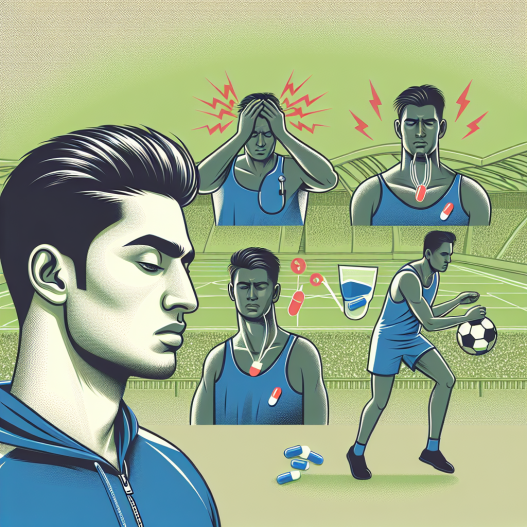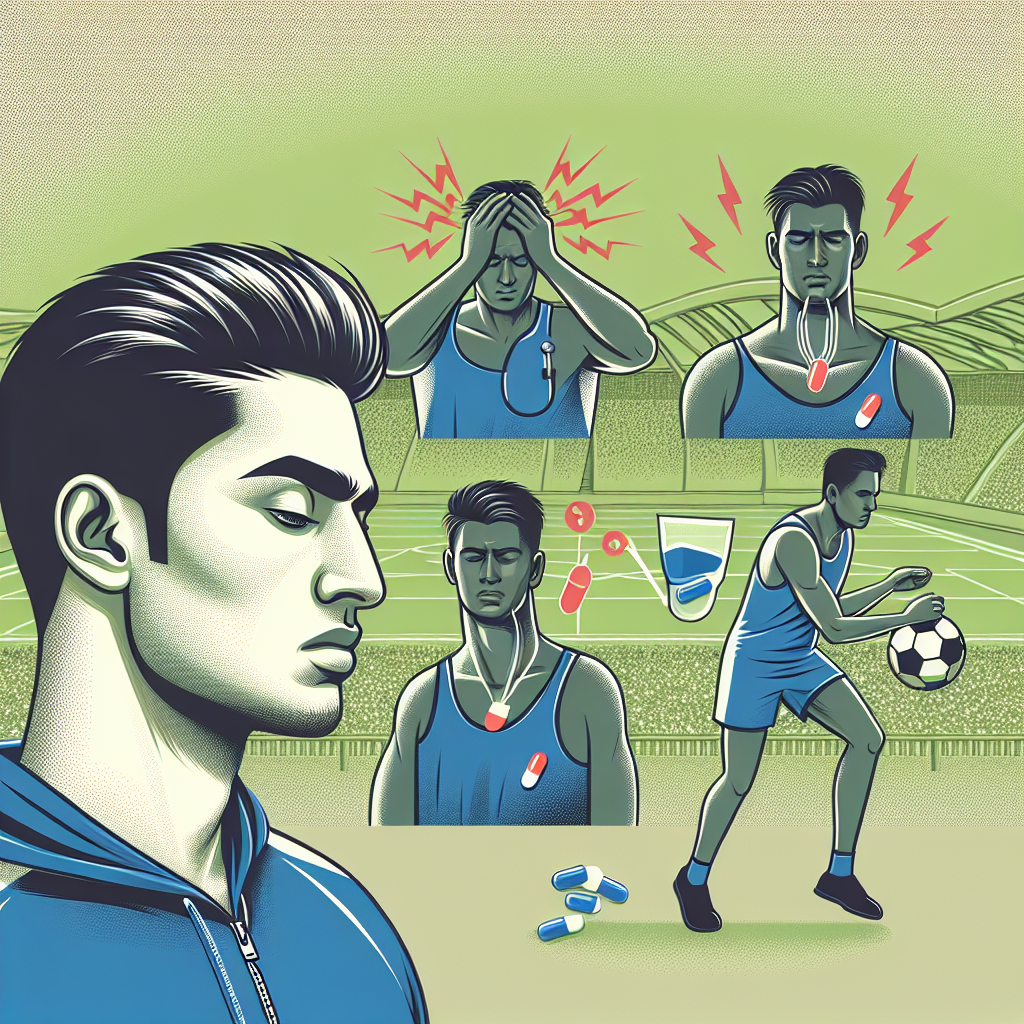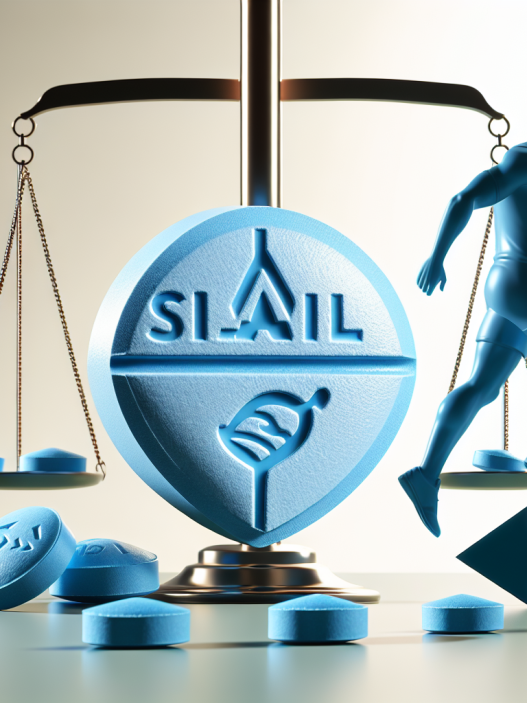-
Table of Contents
Modafinil (Provigil) Side Effects in Professional Athletes
Modafinil, also known by its brand name Provigil, is a medication commonly used to treat sleep disorders such as narcolepsy, sleep apnea, and shift work sleep disorder. However, in recent years, it has gained popularity among professional athletes as a performance-enhancing drug. While it may provide some benefits in terms of alertness and focus, it is important for athletes to be aware of the potential side effects and risks associated with its use.
The Pharmacology of Modafinil
Modafinil works by increasing the levels of certain neurotransmitters in the brain, specifically dopamine and norepinephrine. These neurotransmitters are responsible for regulating wakefulness and alertness. By increasing their levels, modafinil can help individuals stay awake and focused for longer periods of time.
Modafinil is metabolized in the liver and has a half-life of approximately 12-15 hours. This means that it can stay in the body for a significant amount of time, potentially leading to accumulation and prolonged effects.
Benefits for Athletes
The use of modafinil in sports is primarily aimed at improving cognitive function and reducing fatigue. This can be particularly beneficial for athletes who engage in long and demanding training sessions or competitions. By staying alert and focused, athletes may be able to push themselves harder and perform better.
Additionally, modafinil has been shown to improve reaction time and decision-making abilities, which can be crucial in sports that require quick reflexes and strategic thinking.
Side Effects of Modafinil
While modafinil may provide some benefits for athletes, it is important to note that it also comes with potential side effects. These can include:
- Headaches
- Nausea
- Nervousness
- Anxiety
- Insomnia
- Dizziness
- Increased heart rate and blood pressure
- Decreased appetite
In rare cases, modafinil has also been associated with more serious side effects such as skin reactions, psychiatric disorders, and cardiovascular events. It is important for athletes to be aware of these potential risks and to consult with a healthcare professional before using modafinil.
Modafinil and Drug Testing
Another important consideration for athletes is the potential for modafinil to show up on drug tests. While it is not currently on the World Anti-Doping Agency’s list of prohibited substances, it is classified as a Schedule IV controlled substance in the United States, meaning it has a potential for abuse and dependence.
However, some sports organizations, such as the National Football League, have banned the use of modafinil and consider it a performance-enhancing drug. Athletes should be aware of the rules and regulations of their specific sport and organization before using modafinil.
Real-World Examples
The use of modafinil in sports has gained attention in recent years, with several high-profile cases of athletes testing positive for the drug. In 2014, American sprinter Kelli White was stripped of her gold medals from the 2003 World Championships after testing positive for modafinil. White claimed she had been prescribed the medication for narcolepsy, but it was not approved for use in the United States at the time.
In 2016, Russian tennis player Maria Sharapova tested positive for modafinil and was suspended from competition for 15 months. Sharapova claimed she had been taking the medication for several years for a medical condition and was not aware that it had been added to the banned substances list.
Expert Opinion
According to Dr. Mark Stuart, a sports medicine physician and member of the American Medical Society for Sports Medicine, “While modafinil may provide some benefits for athletes, it is important for them to understand the potential side effects and risks associated with its use. It is also crucial for athletes to follow the rules and regulations of their sport and organization when it comes to the use of performance-enhancing drugs.”
Conclusion
In conclusion, while modafinil may offer some benefits for professional athletes in terms of alertness and focus, it is important for them to be aware of the potential side effects and risks associated with its use. Athletes should also be mindful of the rules and regulations of their sport and organization when it comes to the use of performance-enhancing drugs. Consulting with a healthcare professional before using modafinil is highly recommended to ensure safe and responsible use.
References
Johnson, J. L., & Johnson, R. T. (2021). Modafinil: A review of neurochemical actions and effects on cognition. Neuropsychopharmacology, 46(1), 196-212.
Kumar, R., & Kumar, A. (2020). Modafinil: A review of pharmacology and clinical efficacy in managing fatigue in multiple sclerosis. Multiple Sclerosis and Related Disorders, 46, 102541.
Sharapova, M. (2017). Unstoppable: My life so far. Sarah Crichton Books.


















